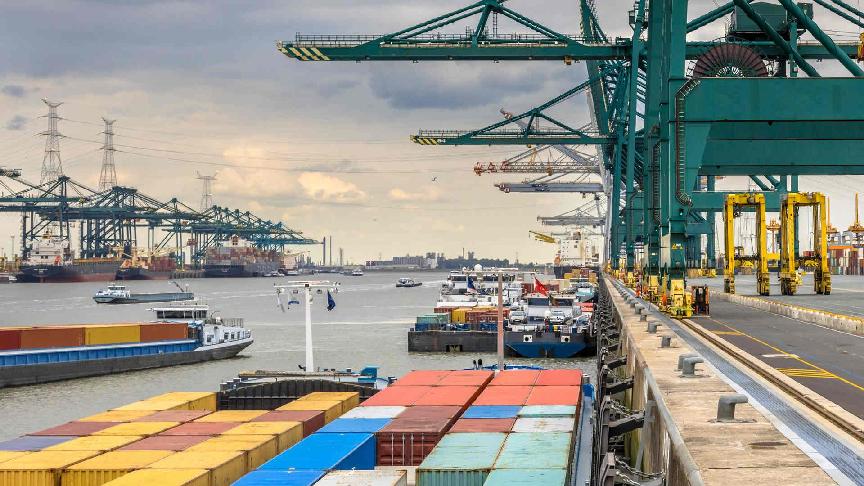19 November 2024 (Lloyd's List) - THE prohibitive cost of green fuels is still the biggest barrier to the success of green corridors, the Global Maritime Forum’s latest annual progress report on green corridors has concluded.
Positive progress has been made this year though, the report said. The number of initiatives has increased 40% to a total of 62 globally, and six corridors have moved beyond initial planning stages and are now preparing for implementation.
But the cost gap for first movers that will both set up and use the corridors is still the biggest barrier to their implementation.
The report cites a Boston Consulting Group survey, in which most respondents said they were willing to pay only a 2%-5% green premium. Just 2% of respondents said they’d be happy to pay a 20% premium, and 5% a 10%-20% premium.
GMF director of decarbonisation Jesse Fahnestock said there was a “real need to come up with a solution, even for the limited number of vessels on these corridors, to cover the operational expenses of the fuel costs”.
Though Fahnestock did admit that industry would have to pick up its share of the tab, “we really do believe that national governments are best placed to step in and provide some kind of support for these corridors”, he said.
Without that support, first movers would be doubly punished by eye-watering fuel costs combined with using the likely less efficient early iterations of said fuels.
That government support is made trickier by shipping’s international nature. It’s difficult to attribute the emissions saved from a containership that is Denmark-flagged but never calls at Denmark to Denmark’s net zero targets, for example. Yet clean power generation can go straight on the balance sheet.
“We’ve tried to look at countries that have a particular strategic interest in becoming hydrogen exporters, for example, or that have a very strategic trade they’re trying to decarbonise,” Fahnestock said.
He said the Australian Government had been “receptive” to the case made by GMF to create an early off-taker for green fuels.
Should the mining majors sign demand agreements for the Pilbara to East Asia iron ore corridor, for example, that would be “fantastic” Fahnestock said and would begin to shift the dial on the supply-demand tug of war.
But the taxpayer dollars needed to bridge the cost gap might not have to be new ones, Fahnestock explained.
Instead, “even realigning some of the existing support for hydrogen production to the demand side might be enough to move the needle right now”, he explained.
As a previous GMF report stressed, the demand side is just as, if not more, important than supply when it comes to widespread adoption of green fuels and therefore green corridors.
“That’s the one thing everyone is waiting to see”, he said.
“There are enough ships on order. I think the vessels are there to be deployed on these corridors. The question is, can we get fuel offtake for these corridors?”







